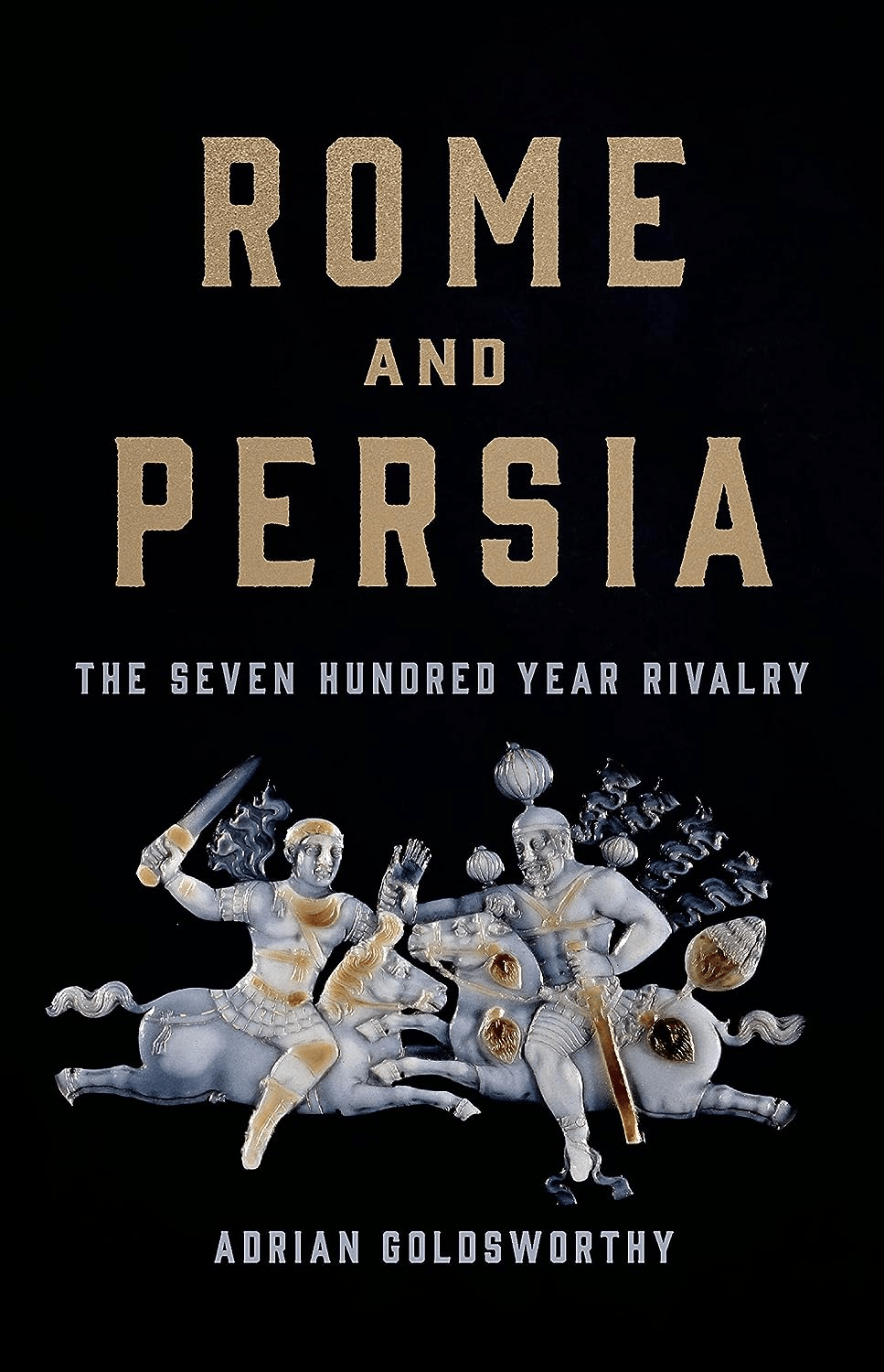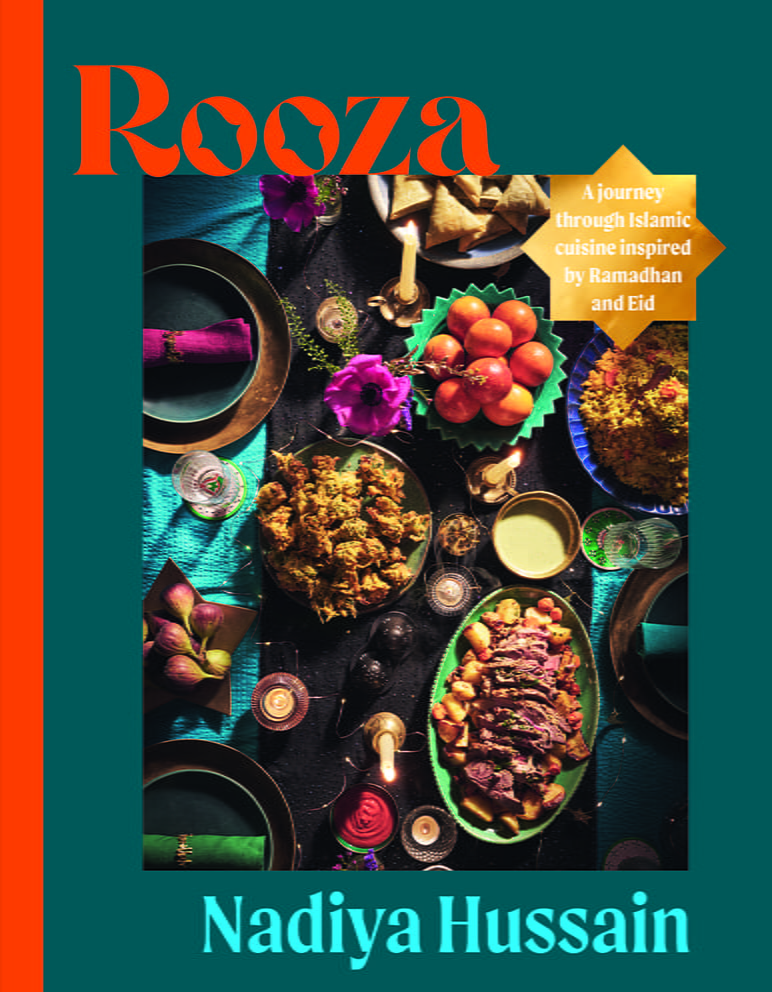
Garum: Recipes From the Past
Tom Verde
Ursula Janssen
2020, Independently Published, 979-8-63491-120-5, $32 pb.
Historical recipes, as author Ursala Janssen points out, can be difficult to interpret because they are often little more than “a list of (proposed) ingredients.” Informative and wide-ranging— borrowing from Mesopotamia to Elizabethan Europe—her book aims to offer recipes “you can actually easily do at home, in a normal household kitchen, with readily available ingredients.” Janssen does suggest substitutes for ingredients like vinegar for verjuice (the juice of unripened grapes, popular in medieval/Renaissance cuisine) or Thai fish sauce for the garum of the title, a heady concoction of fermented fish guts, a favored condiment in the Greco-Roman world. But where is one to find “2 pigeons, preferably with heart, liver, and gizzards” at the average grocery store when preparing the questionably appetizing Babylonian pigeon burger? Honey-sweetened, Roman-era cheesecake in a terracotta bowl sounds tempting. But its two cups of “white cheese” (feta? cottage?) is somewhat vague. A better volume for the armchair gourmet or food-history enthusiast than the home cook.
You may also be interested in...

In War and Peace, Book Explores How Rome and Persia Remained Frenemies
Book Review: In his latest scholarly work, Roman historian Adrian Goldsworthy reduces Persian and Roman longevity to simply an ever-evolving coexistence.
The Great British Bake Off Winner Nadiya Hussain Gathers Global Recipes in Culinary Celebration of Ramadan
Nadiya Hussain's diverse recipes highlight the global unity of Muslim cultures and cuisines.